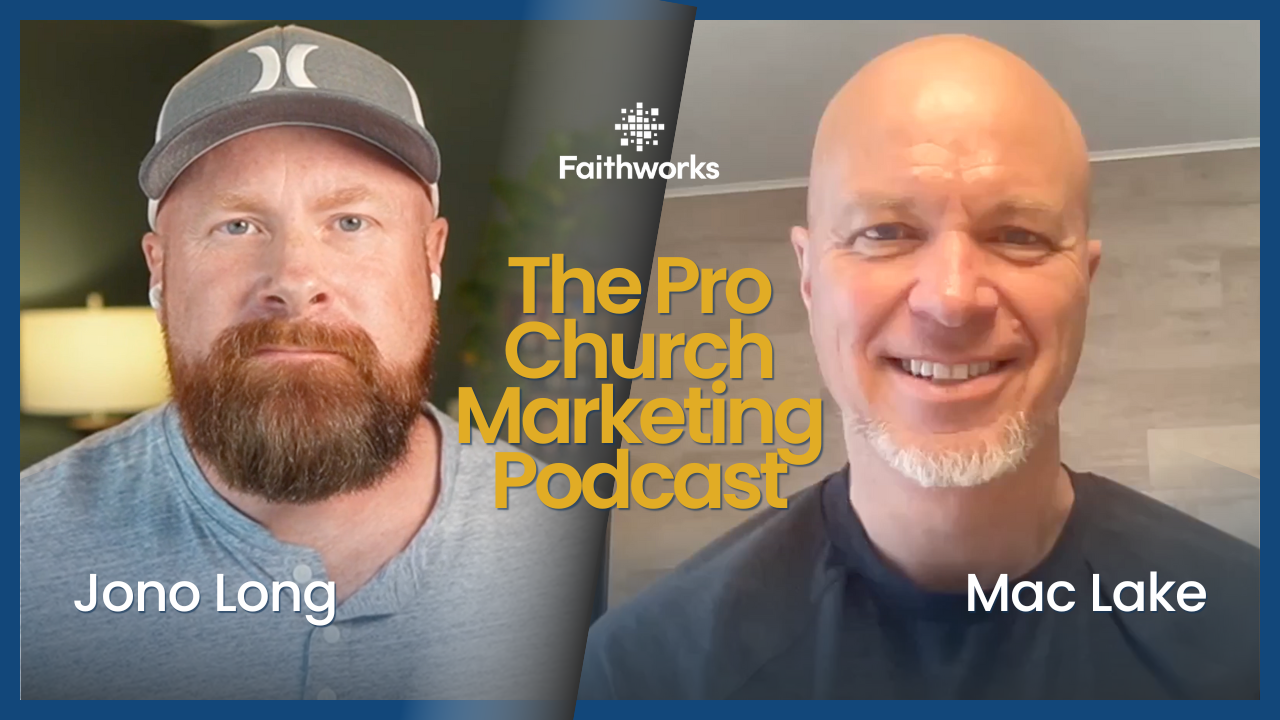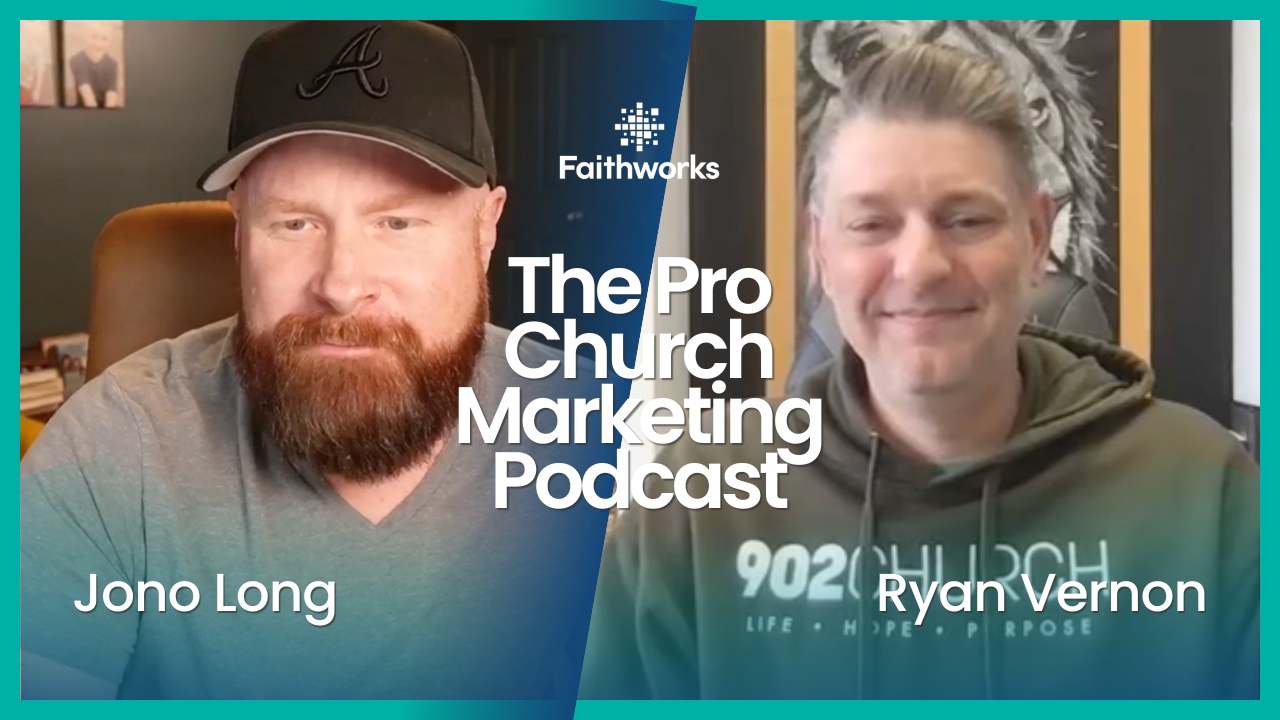Reaching Your Community with Facebook Ads
Facebook ads offer a powerful way for churches to connect with their community. With millions of people using Facebook daily, it’s an effective platform to spread your message and invite more people to join your church events and services. By creating targeted ads, you can reach those who are most likely interested in what your church has to offer.
Setting up a Facebook ad campaign may seem complicated, but it's manageable with the right steps. From creating engaging ad content to targeting the right audience, you can tailor your ads to align with your church’s goals. The benefits are significant; you can increase awareness, attendance, and even online engagement by effectively using Facebook ads.
At Faithworks Marketing, we understand how vital it is for churches to stay connected with their community. That’s why we want to share insights on how to leverage Facebook ads for advertising for your church. By following our tips and strategies, your church can create compelling ads that resonate with your audience and achieve your outreach goals.
Understanding Facebook Advertising for Churches
Facebook ads are highly effective for
churches because they allow you to reach a large number of people with precision. Using Facebook's targeting options, you can connect with specific groups such as families, young adults, or even people interested in community events. This targeted approach helps ensure your message reaches the right audience.
One of the key benefits of using Facebook ads for churches is the ability to raise awareness about your church and its activities. Ads can promote events, share inspirational messages, or invite people to visit your services. Since Facebook provides analytics, you can see how well your ads are performing, making it easier to adjust your strategies for better results.
Another significant advantage is community engagement. Facebook ads can encourage interactions, such as likes, shares, and comments, helping to foster a sense of community online. This increased engagement can lead to more people attending church events and participating in church activities.
Setting Up Your Campaign
Creating a Facebook ad campaign involves several steps. First, set up a Facebook Ads Manager account if you don’t already have one. This is where you’ll create and manage your ads. Once logged in, click the "Create" button to start your campaign.
Next, choose an objective for your campaign. For churches, objectives like "Engagement," "Awareness," or "Conversions" are often the most relevant. Engagement aims to get more likes, shares, and comments. Awareness increases the visibility of your church. Conversions encourage specific actions like visiting your website or signing up for an event.
Once your objective is set, define your target audience. Use Facebook’s targeting tools to select demographics, interests, and behaviors that match your congregation or community. For example, you can target people interested in family activities, community service, or spiritual growth.
Crafting effective ad copy and imagery is essential. Use clear and inviting language that aligns with your church’s mission. High-quality images of church events, friendly faces, and community activities can make your ads more appealing. Always include a call-to-action (CTA) to guide viewers on what to do next, such as “Join Us This Sunday” or “Learn More About Our Events.”
To learn more about creating effective Facebook ads for your church, check out our
2024 Guide to Facebook Ads for Churches. This resource provides in-depth insights and steps for successful advertising for your church.
Budgeting and Measuring Success
To make the most of your Facebook ads, setting a budget is crucial. Start by determining how much you can spend on advertising for your church each month. You don't need a large budget to be effective. Even a small amount can go a long way if used wisely.
Next, use Facebook’s budgeting tools to set daily or lifetime budgets for your ad campaign. A daily budget limits how much you spend each day, while a lifetime budget spreads your funds over the entire campaign duration. Choose the option that best fits your financial situation and campaign goals.
Measuring success involves tracking key metrics. Use Facebook Ads Manager to monitor important performance data such as click-through rates (CTR), engagement, and conversions. These metrics show how well your ads resonate with your audience. High engagement and CTR indicate that your ads are effective.
Adjusting your strategy based on performance data is essential. If an ad isn’t performing well, try changing the image or wording. Test different versions of your ads to see which one works best. Regularly review your campaign to ensure it stays on track and delivers the best possible results.
Best Practices and Tips
Creating compelling Facebook ads involves following best practices to ensure your campaigns are effective and engaging. Here’s a list of tips for advertising for your church on Facebook:
1. Use High-Quality Images: Clear and vibrant photos stand out more and attract attention.
2. Craft Clear Messages: Keep your ad copy simple and to the point. A clear message helps people understand your ad quickly.
3. Include a Call to Action (CTA): Guide your audience on what to do next, like “Join Us” or “Learn More.”
4. Target the Right Audience: Use Facebook’s targeting tools to reach people who are likely interested in your church activities.
5. Keep Testing: Experiment with different images and messages to see what works best.
Do's and Don’ts:
- Do's:
- Do use video ads when possible. Videos often get more engagement than images.
- Do monitor your ad performance regularly to make necessary adjustments.
- Do use A/B testing to compare different versions of your ads.
- Don’ts:
- Don’t use too much text in your ad images. Facebook prefers images with minimal text.
- Don’t ignore negative feedback. Address any concerns to create a positive image.
- Don’t set unrealistic goals. Be practical about what you can achieve with your budget and timeframe.
Conclusion
Advertising for your church with Facebook ads is a powerful way to reach and engage your community. From setting up your campaign to budgeting and tracking success, each step plays a critical role in making your ads effective. Following best practices helps ensure your message is clear and engaging, increasing the chances of connecting with your audience.
Ready to optimize your church’s Facebook ads? Faithworks Marketing can help you create compelling campaigns that resonate with your community. Contact us to learn more about our services and how we can assist in making your church’s outreach efforts successful.
Latest Posts












